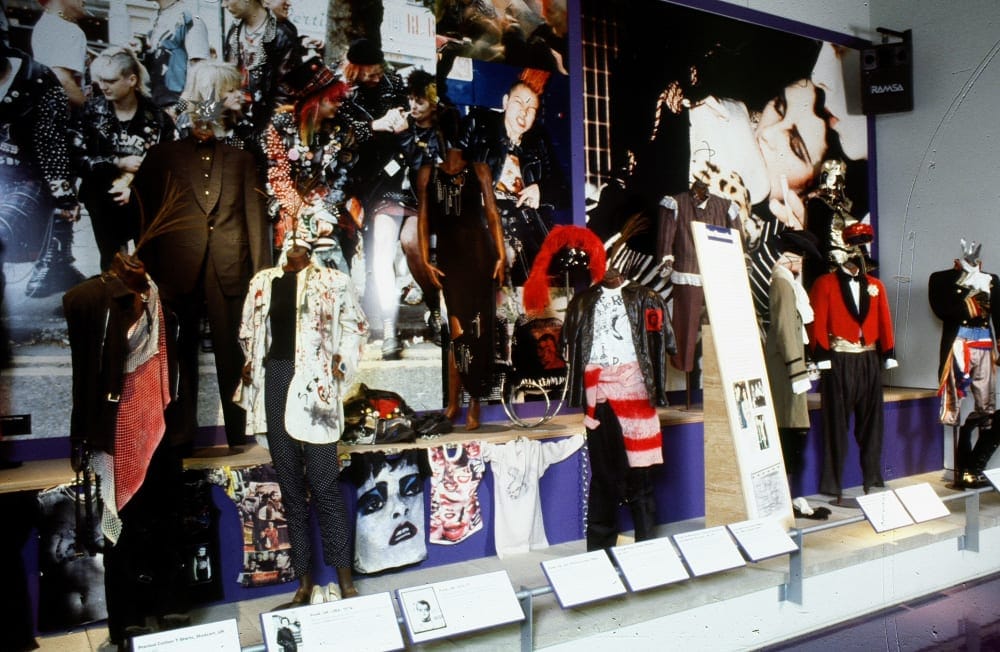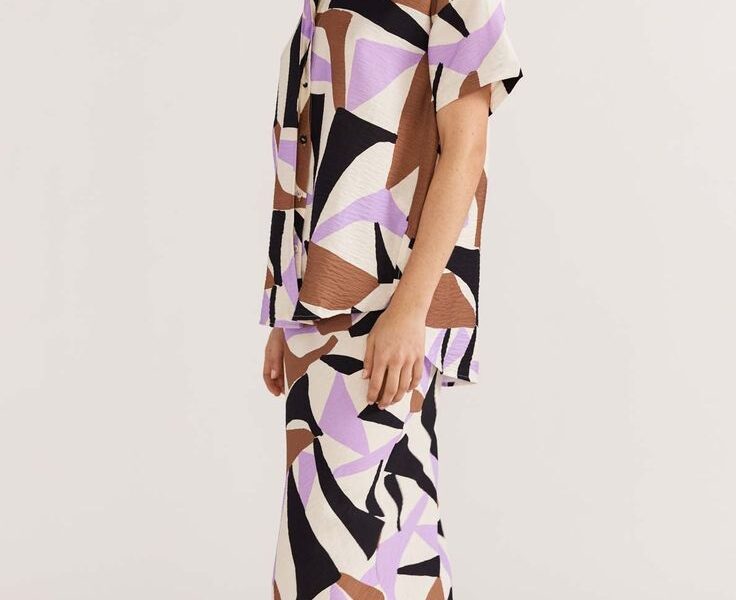Youth subcultures have long been an essential part of cultural history, shaping how younger generations communicate their values, identities, and worldviews. Unlike mainstream fashion, which is often driven by mass trends and corporate agendas, youth subcultures carve out unique spaces where clothing, symbols, and behaviors become tools of distinction. From punk jackets covered in safety pins to hip-hop’s oversized streetwear, these movements create “style languages” that are immediately recognizable and often deeply meaningful. More than just clothes, these styles act as cultural codes, signaling belonging to a group while also expressing individuality.
Fashion in youth subcultures is rarely superficial—it is a response to societal pressures, political climates, and the need for identity during formative years. Each generation reinvents the way it looks, using visual cues to differentiate itself from older groups and establish a cultural niche. In doing so, youth subcultures often challenge authority, resist norms, and offer alternative pathways for self-expression. The power of these style languages lies in their ability to merge creativity with resistance, making them both personal and political.
Today, youth subcultures continue to thrive, though they have evolved in response to globalization and digital technology. While traditional subcultures emerged from local communities, many modern movements spread online, where young people across continents share, remix, and reinvent styles. Despite the changing landscape, the essence remains the same: subcultural fashion is a means of communication, rebellion, and identity construction. By decoding these unique style languages, we gain insight into the cultural pulse of youth across eras.
Historical Emergence of Youth Subcultures
Youth subcultures as we know them began to take shape in the 20th century, particularly after World War II, when teenagers emerged as a distinct social group with disposable income and cultural influence. Before this period, young people largely followed the traditions of their parents. However, with new access to music, cinema, and affordable clothing, they began to experiment with unique identities. The Teddy Boys in 1950s Britain, for example, were among the first subcultures to adopt a fashion style that directly challenged mainstream norms, drawing from Edwardian fashion but infusing it with working-class rebellion.
The rise of subcultures was often tied to broader cultural movements. Rock ’n’ roll gave birth to greasers, punk rock fueled mohawks and leather jackets, and the hippie movement of the 1960s popularized tie-dye, beads, and flowing garments as symbols of peace and counterculture. Each of these styles wasn’t just about appearance but also about staking a claim in a world dominated by adult expectations.
Moreover, politics and social change heavily influenced these groups. Civil rights struggles, feminist movements, and anti-war protests often spilled into fashion choices, turning clothing into a form of activism. By the late 20th century, youth subcultures had established themselves as forces of innovation, shaping not only clothing but also music, language, and art. Their emergence shows that style languages are far more than aesthetics—they are visual histories of cultural transformation.


